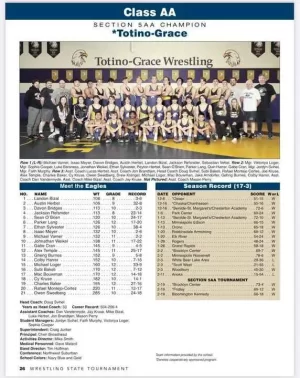Gender wage gap is narrowing
But it shows no signs of going away

October 12, 2021
After half a century, the amount of women in the workforce has increased significantly which helps narrow the wage gap between men and women. It is true that the wage gap is narrowing; however, it still continues.
“It has narrowed over time, but nonetheless there is this gap that is hard to shake,” said Rakesh Kochhar, a senior researcher at Pew Research Center, on CNBC.
Gender Wage Gap in the U.S. in 2019
Women work in jobs officially classified as essential and they represent the majority of workers in several occupations. These occupations include health care, education, personal care, and office work.
It is clear that women make up a large portion of the essential workforce which plays a critical role in the U.S. economy. Despite that, the gap between the total median earnings for women and men still exists across occupations.
The data from Census Bureau in 2019 reveals that, on average, women of all races earned 82 cents for every $1 earned by men of all races. (see Figure 5)
The women workforce is found performing in occupations that pay less than men, such as childcare, housework, and healthcare-related fields. By analyzing the data, women make up 73% of health care practitioners and technical work, which identifies as essential. Women also make up 83% of health care support workers. Making the women workforce drives the overall employment growth in health care and plays an important role in our everyday health care needs.
Women make up the majority of students in U.S. medical school. In the medical profession overall, male doctors still outnumber female doctors, 64 percent to 36 percent, according to 2019 data from the Kaiser Family Foundation. Healthcare support occupations had a median annual wage of $29,960 in May 2020, lower than the median annual wage for all occupations in the economy.
The male nurse had a higher median earning than a female nurse in 2019: $73,603 compared with $68,509.(see Figure below)

Women role in Child Care Occupations
For centuries women have been expected to be responsible for child care and housework. Although the number of fathers spending more time caring for children than in years past, an average of eight hours a week, mothers spent an average of 14 hours weekly on childcare. Based on this fact, it shows that women tend to work fewer hours to accommodate caregiving and other low-paid obligations. They are also more likely to work part-time, which means lower hourly wages and fewer benefits compared with full-time workers.
“In some occupations like law and management, the fact that women work fewer hours than men prevents them from reaching the top of these occupations and earning the high wages that these occupations can command,” said Susan Fournier, Allen Questrom Professor and Dean at Boston University Questrom School of Business. Women are expected to leave the workforce to accommodate caregiving and thus tend to have less work experience than men. “As a result, they accumulate less experience. This is very costly in terms of wage,” says Fournier.
As a clinical psychologist, Jordan Peterson is up on the topic to discuss the role of personality traits on the gender wage gap. Peterson claims that part of what can explain the pay gap is that women are higher on agreeableness which makes them more likely than men to not negotiate as aggressively, leading to lower-paying wages for similar jobs.
“There’s a personality trait known as agreeableness. Agreeable people are compassionate and polite. And agreeable people get paid less than disagreeable people for the same job. Women are more agreeable than men.,” said Peterson on Channel 4 News.
While the wage gap between men and women may shift towards a positive light each year, the different earnings will not close anytime soon without concerted action. “I fear equal pay in all businesses won’t happen soon, but I hope it will in my lifetime. I want the best for my daughters,” says Julie Michels, an English teacher at Totino Grace High School. Efforts to close the wage gap must be out voice out and put into action. This is an issue of economic security and equality. Women have the right to obtain equal pay and there cannot afford to wait any longer.





